GENERAL PUBLIC
Wildland Firefighter First Aid
- $495
- Todd Miner ED. D FAWM
- Physical Challenge Rating (On Scale Of 1-5)
Program Benefits:
A 16 to 24 hour first aid course designed specifically for the challenges of wildland firefighting. The course emphasizes the wildland fire environment and the risks and hazards faced by firefighters on its front lines. Focus on wildland firefighting epidemiology, prevention of injuries, emergency communications, patient movement, head and spine issues, musculoskeletal injuries, wounds, burns, major trauma, environmental issues, and evacuation. Emphasis is on practical, hands-on skills with lectures, case studies, demos, skill practices, and scenarios. Competency evaluated through participation, skill demonstration, and a final exam. Taught by University of Colorado School of Medicine faculty.
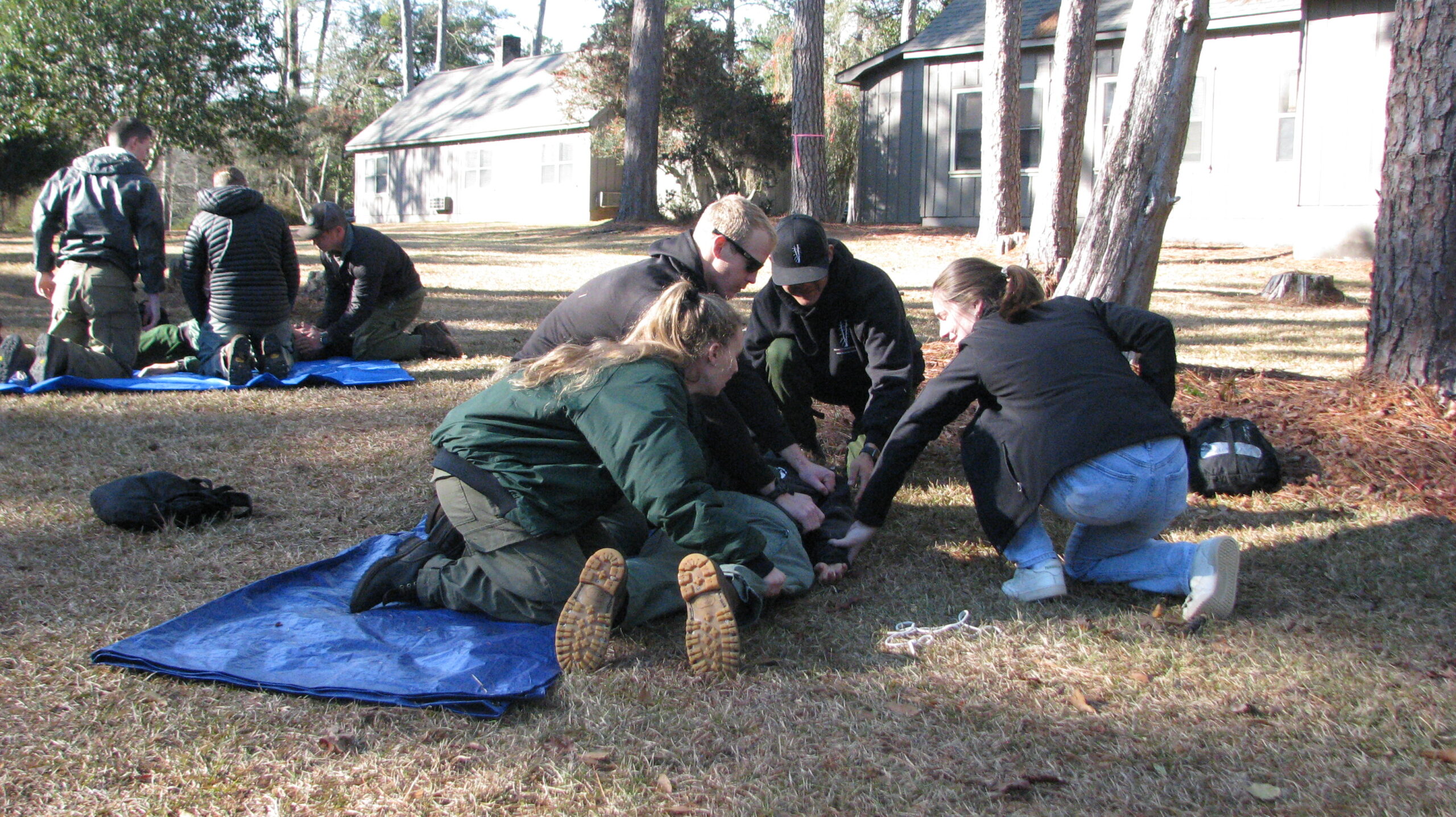
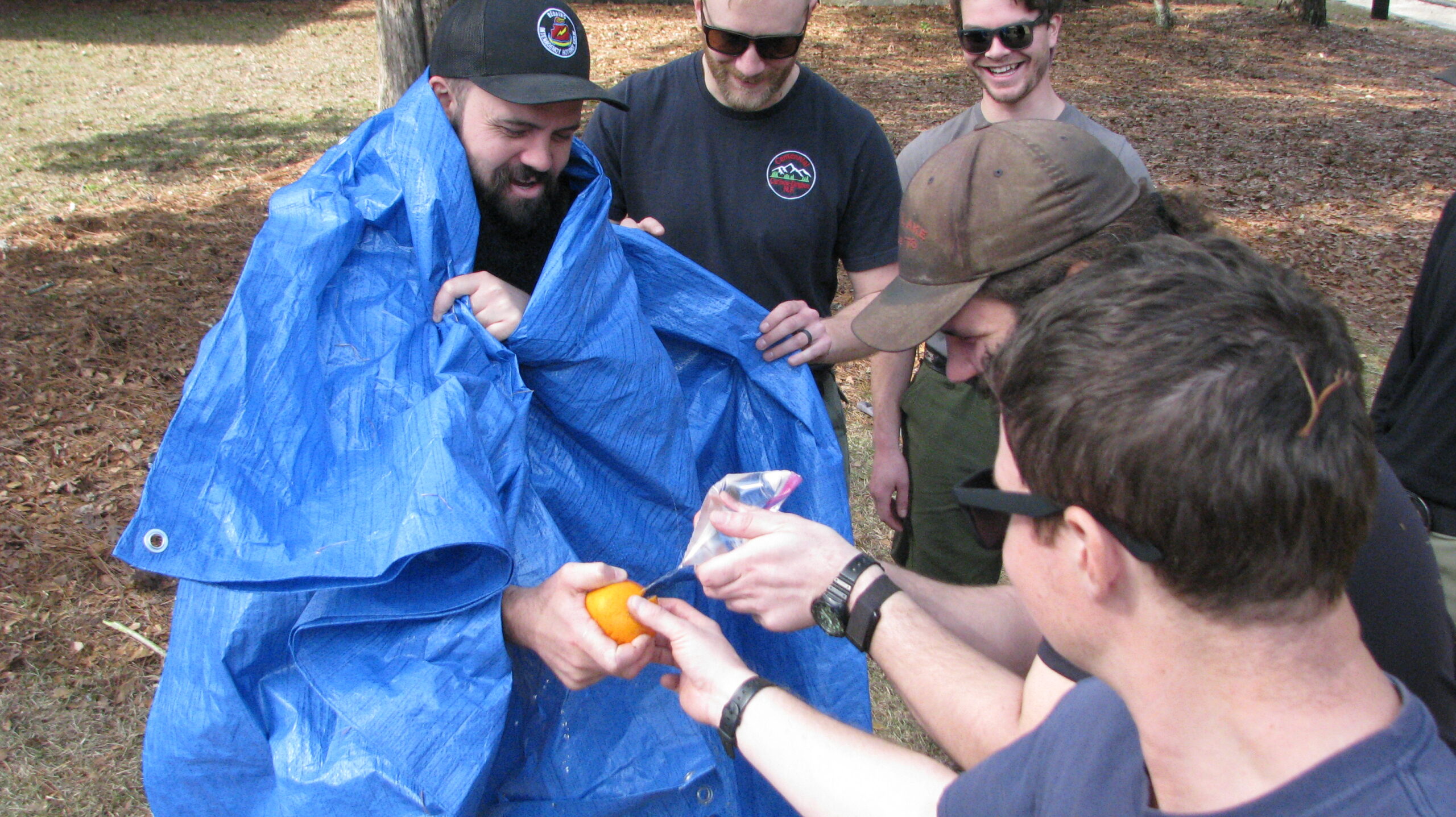
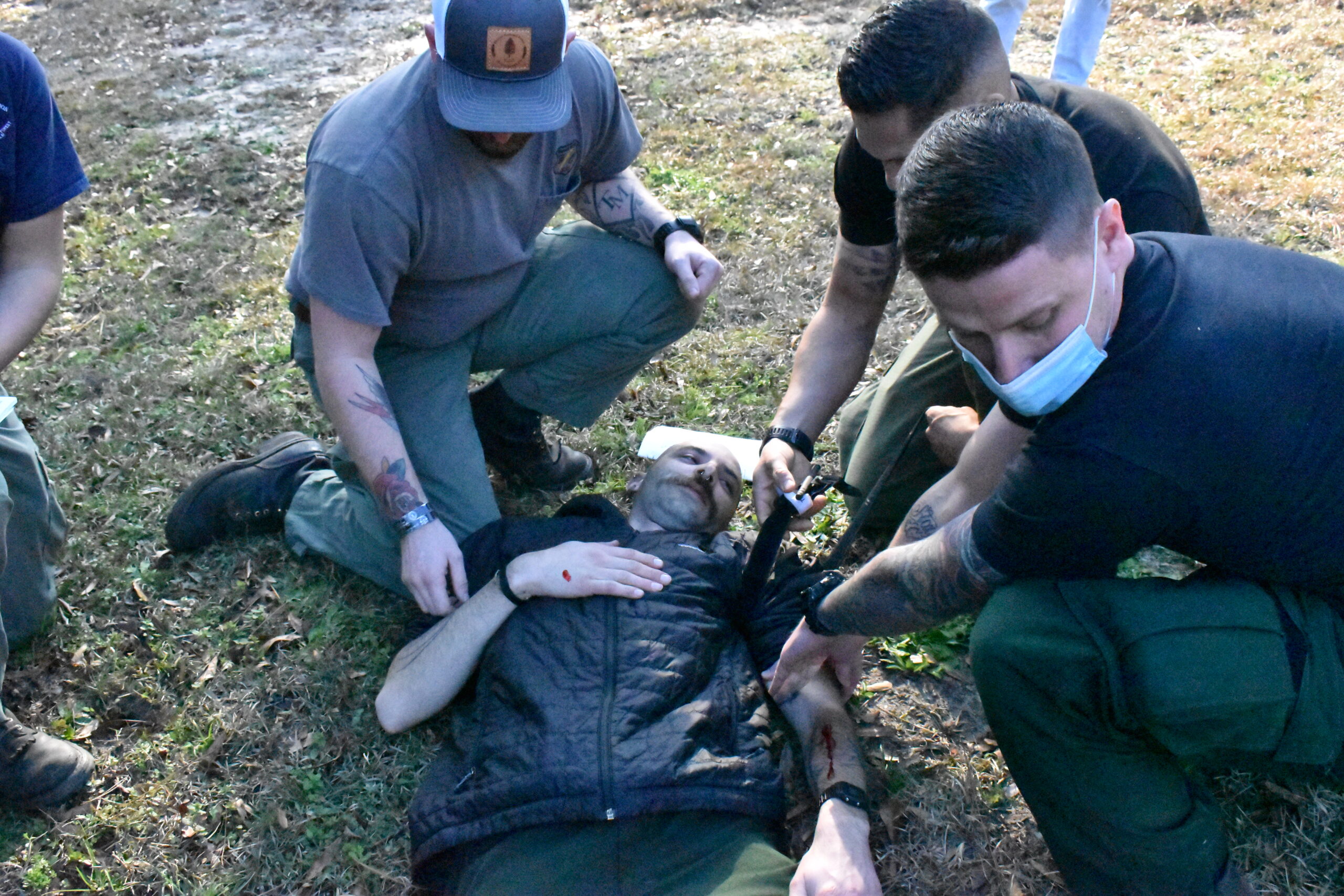
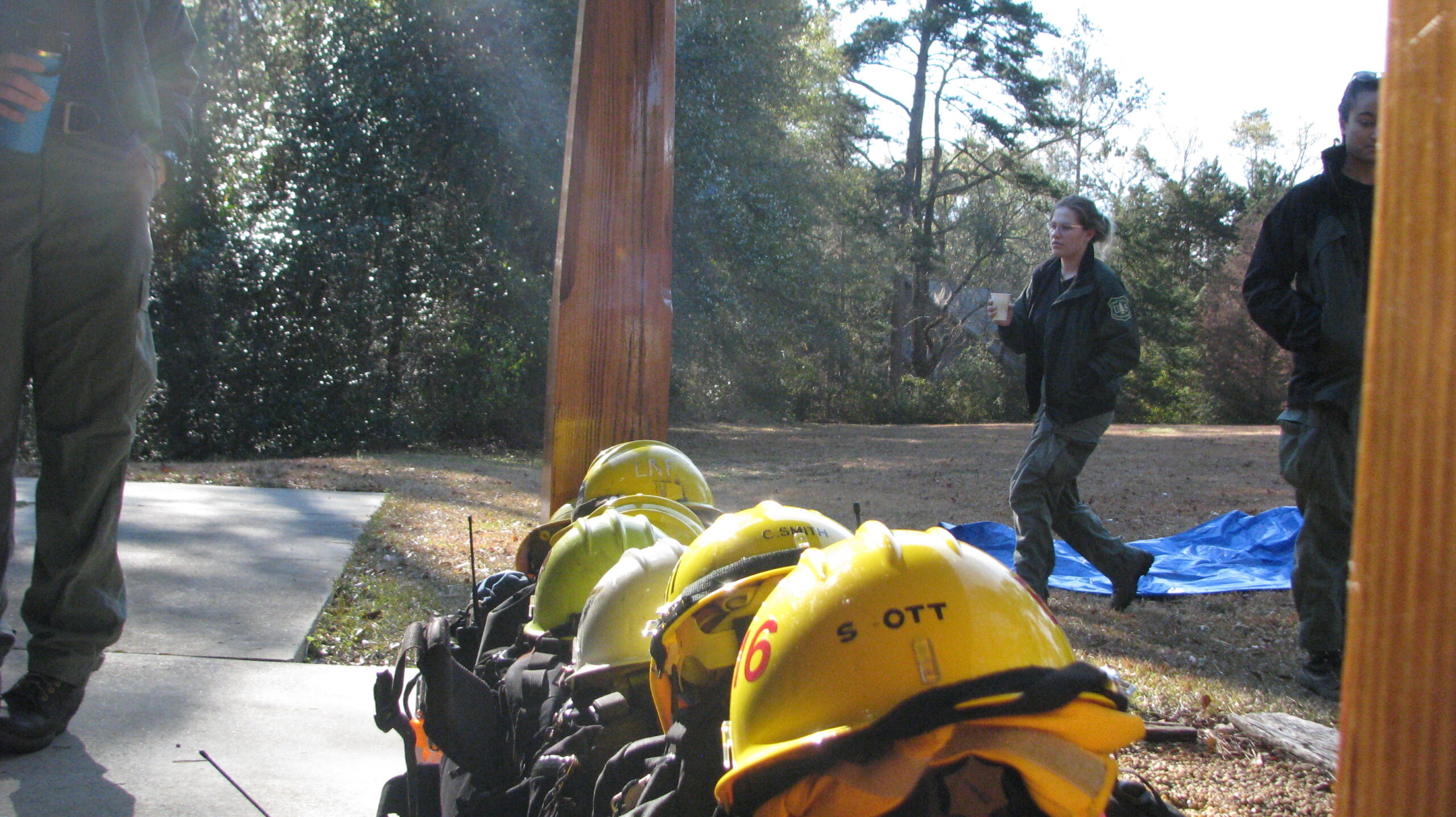
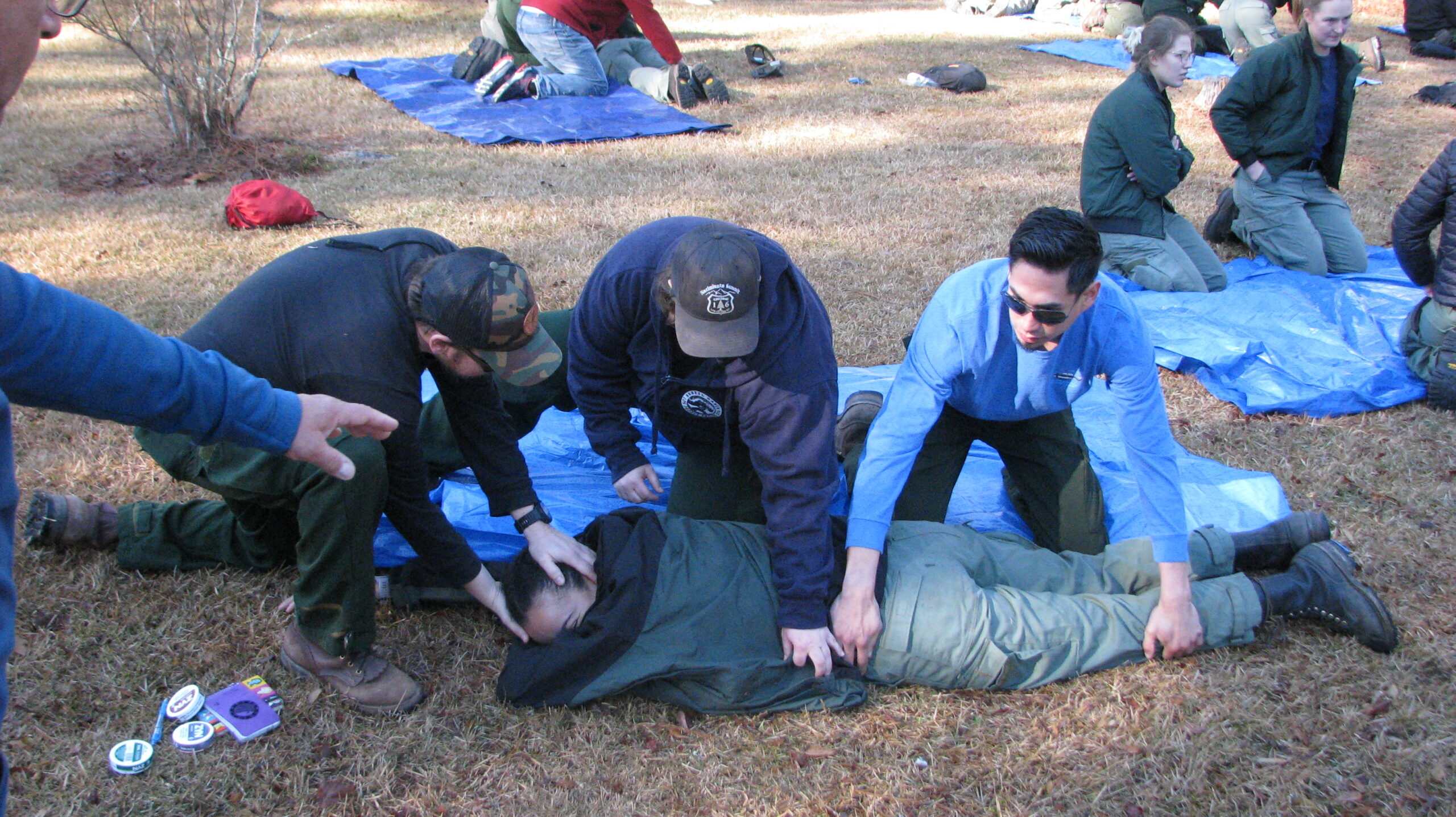
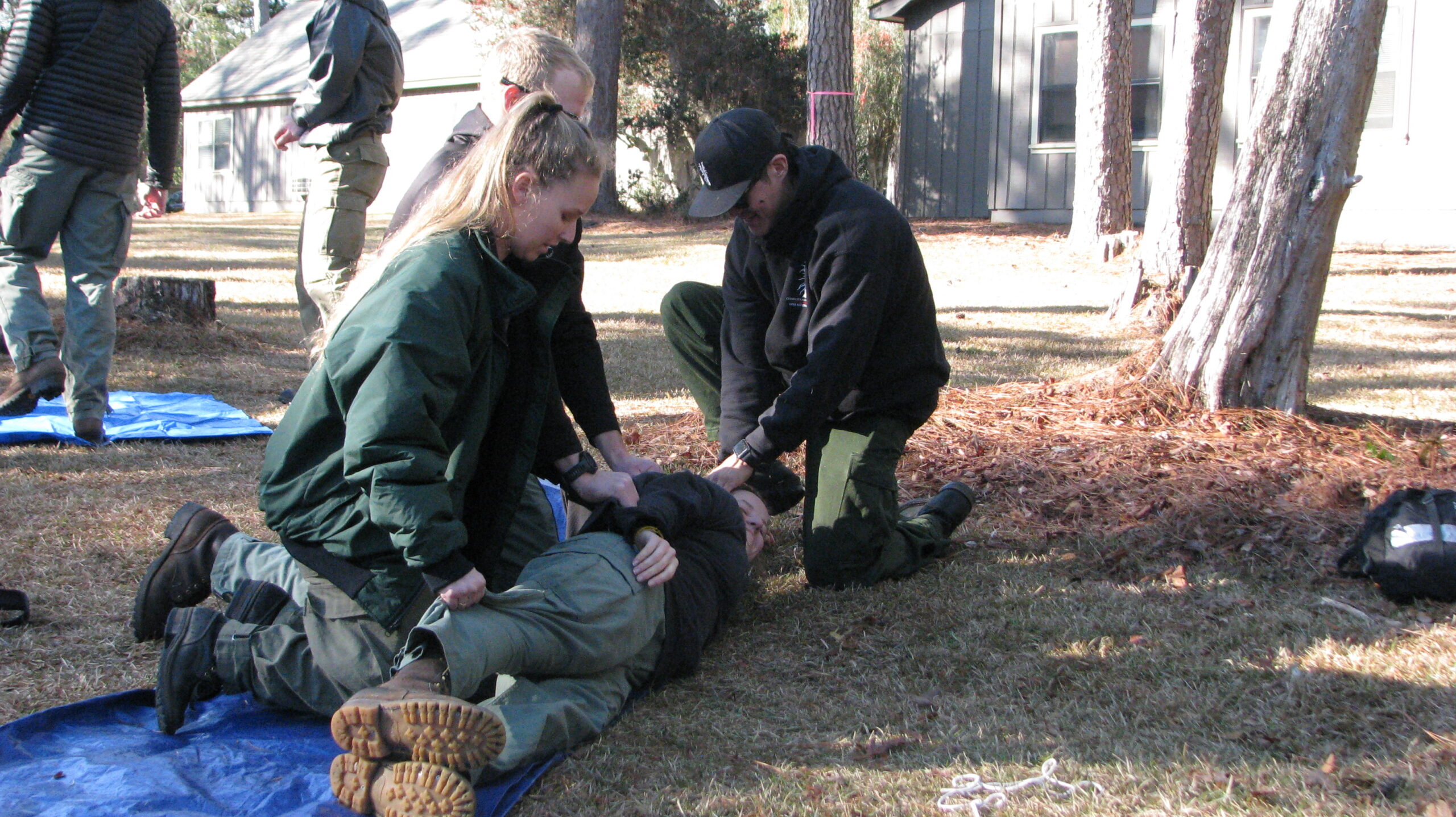
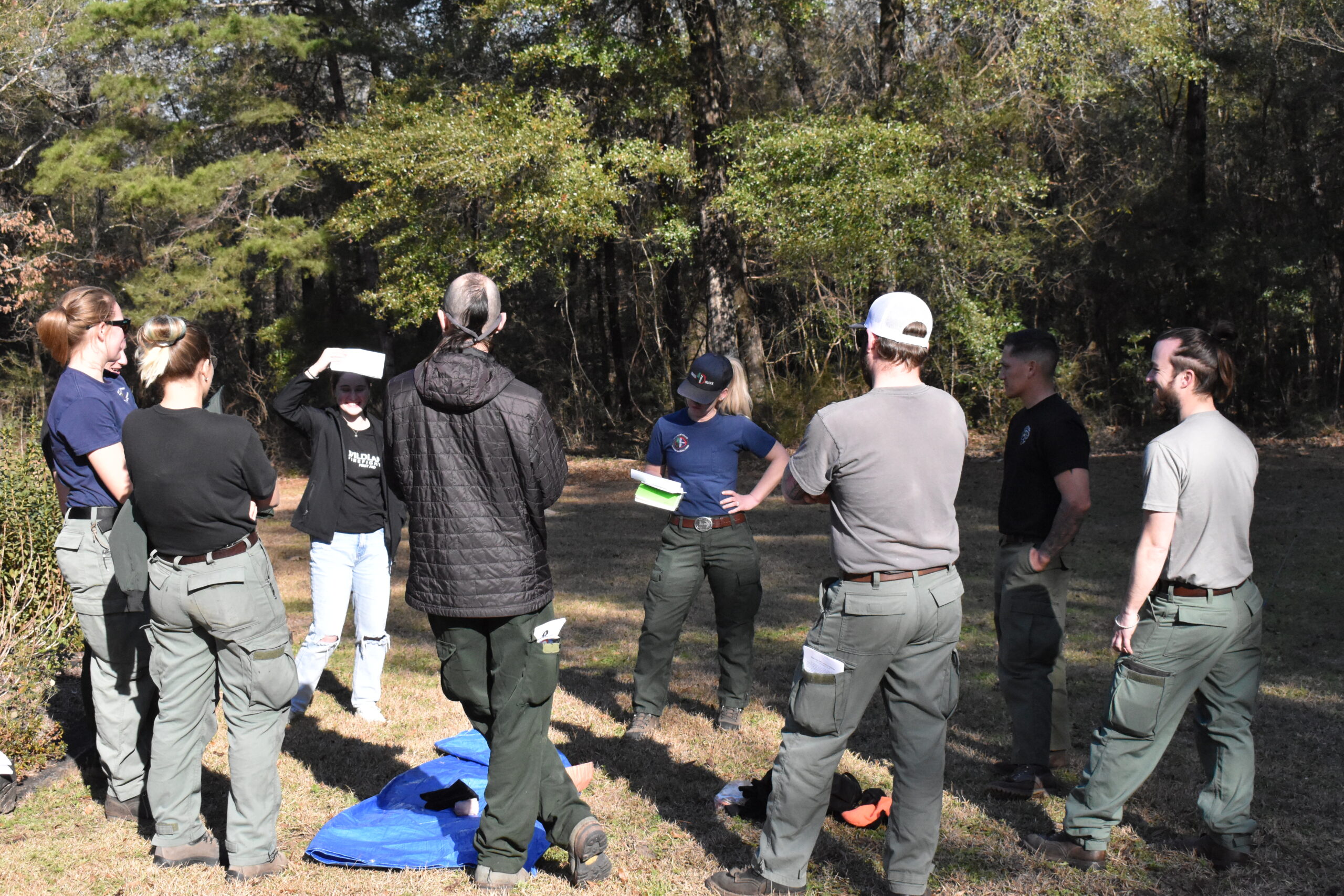
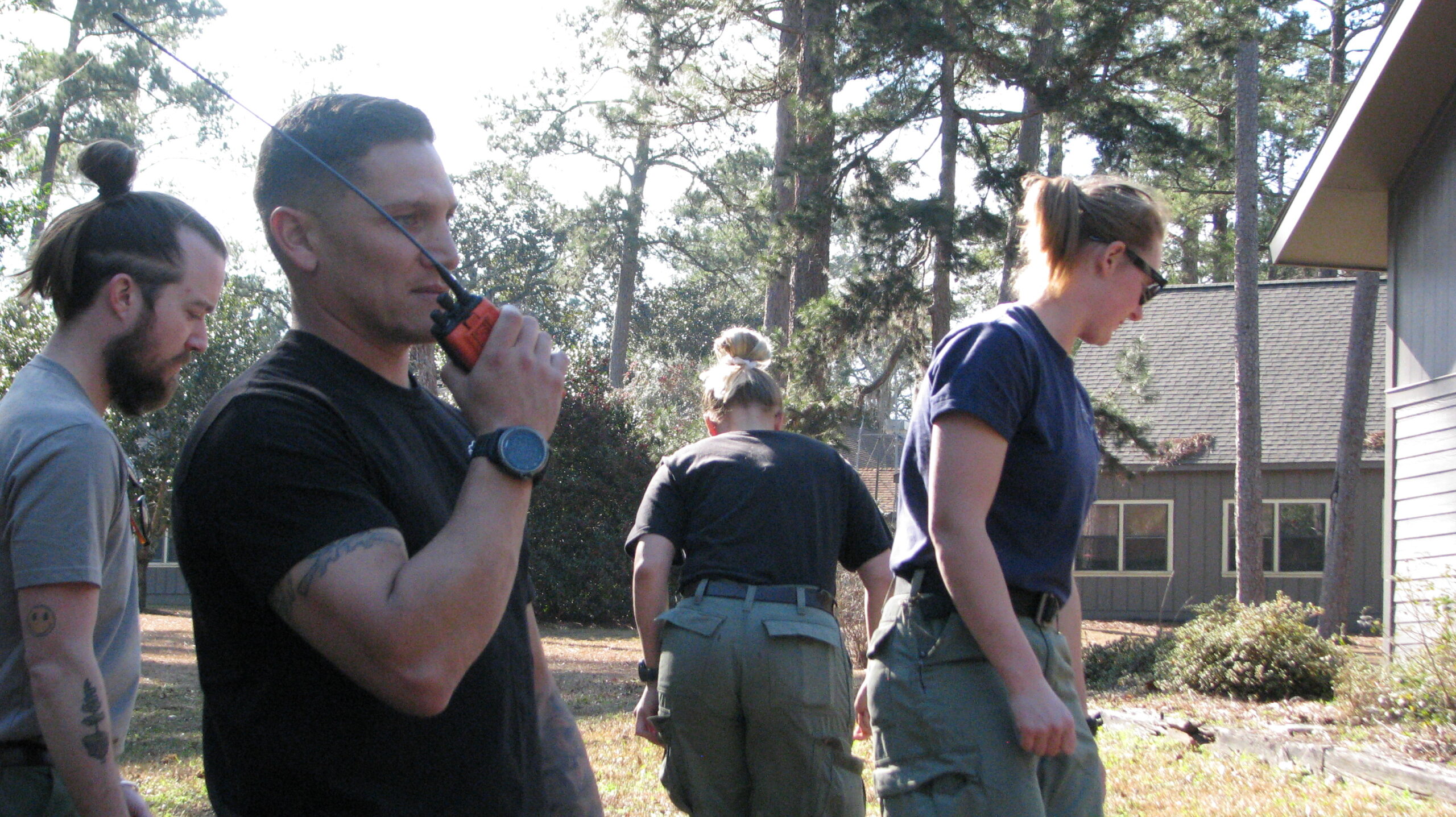
This 16 hour course focuses on prevention, assessment, and treatment of both common and life threatening injuries to wildland firefighters in their unique austere environment. Recommended course for any Type 1 or Type 2 crew member. Includes powerpoint lectures, video instruction, practicing of hands-on skills, case studies, practice quizzes, and a required final exam. Designed for those with little or dated first aid training.
This 16 hour course focuses on prevention, assessment, and treatment of both common and life threatening injuries to wildland firefighters in their unique austere environment. Recommended course for any Type 1 or Type 2 crew member. Includes powerpoint lectures, video instruction, practicing of hands-on skills, case studies, practice quizzes, and a required final exam. Designed for those with little or dated first aid training.
WFFASample – PDF Document Sample Syllabus
- Patient has hopped off small boulder, about 2 feet high, and they landed awkwardly, with ankle rolling and collapsing on them. They are found on their side, on the ground, clutching their ankle and moaning in pain. The ankle has a softball sized swelling – it looks bad.
It is cool out and the ground is wet from hose spray. The scene is safe, there is one patient, and once there is communication with the patient, the MOI is known.
Patient briefing – It is only your ankle that hurts, nothing else. Be real, your ankle REALLY hurts! If they do physical on other body parts complain – it’s just your ankle that hurts. “Why are you looking in my @#$%^& mouth!!!?” If and when they splint it, if they are good and gentle, just moan as they administer. If they are not gentle, then COMPLAIN! Once it is splinted, it feels much better and you can limp on it.
Facilitators — What to look for:
- Scene assessment (safety, MOI, numbers)
- Communication – team introduces itself, gets permission to treat, asks for and uses patient’s name
- Do they get patient off the ground – letting patient move themselves
- Good and 100% physical exam
- Complete SAMPLE history
- At least 2 sets of vitals (HR, RR, and mental status)
- Did they do a good splint – check CSM before and after? Does it prevent excess movement?
For more scenarios, please click here.
WFFA Best Bibliography – PDF Copy, selected notations below:
Asher-Schapiro, A. & Sherfinski, D. (2021). INSIGHT – U.S. firefighters on climate frontline face ‘broken’ health system. Thomson Reuters Foundation. November 10, 2021.
Backer H.D., Wright C., Dong J., Baba N., McFadden H., & Rosen B. (2021). Medical care at California wildfire incident base camps. Disaster Med Public Health Prep. doi: https://doi.org/10.1017/dmp.2021.321.
Britton, C., Lynch, C.F., Ramierz, M., Torner, J., Buresh, C., & Peek-Asa, C. (2013). Epidemiology of injuries to wildland firefighters. American Journal of Emergency Medicine 31, 339-345.
Britton, C., Ramirez, M., Lynch, C.F., Torner, J., & Peek-Asa, C. (2013). Risk of injury by job assignment among federal wildland firefighters, United States, 2003–2007. International Journal of Occupational and Environmental Health, 19:2, 77-84, DOI: 10.1179/2049396713Y.0000000019.
Gabbet, B. (2017). Suicide rate among wildland firefighters is “astronomical.” Wildfire Today. November 4, 2017.
